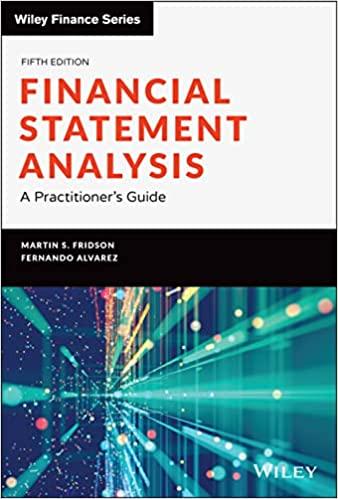
Exercise 1: Faber Nv has concentrated for years on producing plastic crates for the beverage trade. Recently, this company also started manufacturing plastic garden furniture. For the manufacture of garden chairs, Faber Nv uses a PPS2 press machine. The purchase price of this machine is 250,000. The residual value of PPS2 is zero at any time of replacement. The technical lifespan of PPS2 is 7 years. The normal occupancy in the first year of use is 40,000 seats. For maintenance purposes, each subsequent year of use, normal production will be 2 500 seats less than the previous year's production. The complementary costs for the first year of use amount to 150,000. Each subsequent year of use, these complementary costs are 10% higher than the complementary costs of the previous year. NB. Interest costs and turnover tax need not be taken into account in this statement. For the production of beer crates, Faber Ny uses 5 identical press machines PPB4. The annual capacity of a PPB4 is 80,000 crates. Machines with a higher or lower annual capacity are not available. The normal production of these beer crates is 250,000 pieces per year. This production is evenly distributed throughout the year. Due to necessary changeover and maintenance hours, the required reserve capacity is 20% of normal production. The integral standard manufacturing cost of a crate is 2.50. 60% of this is proportionally variable and 40% constant. The constant costs consist of 80% machine costs. A). What are the associated machine costs per seat? B) Calculate the rational capacity in crates per year. C) Calculate the rational excess capacity in crates per year. D) Calculate the irrational excess capacity in crates per year. E). Calculate the annual loss due to the irrational overcapacity Exercise 1: Faber Nv has concentrated for years on producing plastic crates for the beverage trade. Recently, this company also started manufacturing plastic garden furniture. For the manufacture of garden chairs, Faber Nv uses a PPS2 press machine. The purchase price of this machine is 250,000. The residual value of PPS2 is zero at any time of replacement. The technical lifespan of PPS2 is 7 years. The normal occupancy in the first year of use is 40,000 seats. For maintenance purposes, each subsequent year of use, normal production will be 2 500 seats less than the previous year's production. The complementary costs for the first year of use amount to 150,000. Each subsequent year of use, these complementary costs are 10% higher than the complementary costs of the previous year. NB. Interest costs and turnover tax need not be taken into account in this statement. For the production of beer crates, Faber Ny uses 5 identical press machines PPB4. The annual capacity of a PPB4 is 80,000 crates. Machines with a higher or lower annual capacity are not available. The normal production of these beer crates is 250,000 pieces per year. This production is evenly distributed throughout the year. Due to necessary changeover and maintenance hours, the required reserve capacity is 20% of normal production. The integral standard manufacturing cost of a crate is 2.50. 60% of this is proportionally variable and 40% constant. The constant costs consist of 80% machine costs. A). What are the associated machine costs per seat? B) Calculate the rational capacity in crates per year. C) Calculate the rational excess capacity in crates per year. D) Calculate the irrational excess capacity in crates per year. E). Calculate the annual loss due to the irrational overcapacity







